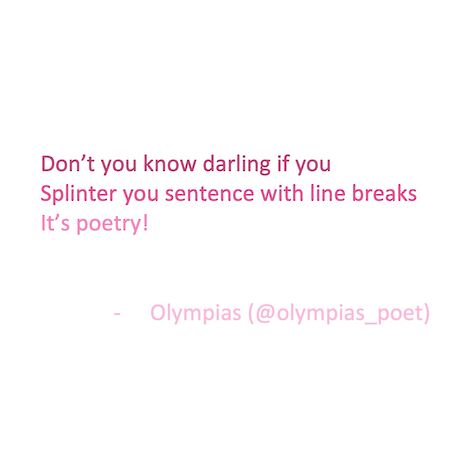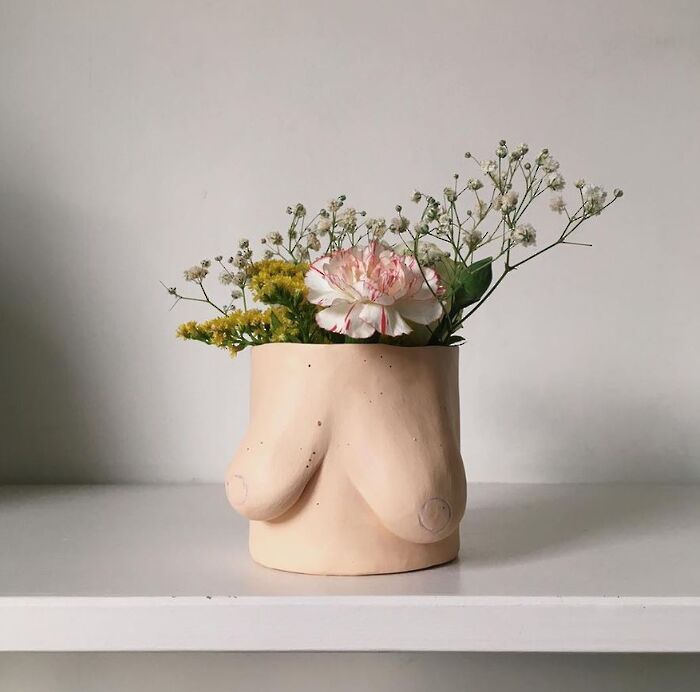The Instapoet experiment
After spending 10 days of the vacation navigating the world of instapoetry, Cecily Fasham guides us through the social-media section of the poetry scene

Lately, I’ve been thinking a lot about Instagram as an artistic platform, especially with regards to poetry. I started thinking about it when it came up in conversation with a friend. We moved on from the topic quickly, but it got stuck in my mind; I began reading articles about the writings of these so-called “instapoets” – poets like Rupi Kaur, Nayyirah Waheed, and Atticus, who post short-form poems on Instagram.
The articles I read tended to veer between two polar opinions; either Instagram poetry was lazy, formulaic and a little trashy; or, it was the voice of a generation. In other words: it was ruining poetry or it was saving it. One article described a poem by Rupi Kaur as having “the air of the slurred advice you might overhear at the back of a Wetherspoons.”, yet another hailed the instapoets for “defining the genre for the millennial generation with a radical democratisation and push for diversity in the poetry world”.
As a person who takes against things quite easily – lecturers, critics, literary movements – I was ready to hate vacuous instapoetry without a second thought. However, my New Year’s resolution for 2019 is to try to suppress that judgemental instinct, and so, resolving to give it a fair trial, I decided to start with Instagram poetry.
My short-lived instapoet alter-ego, “Olympias” was born.
As I went about the experiment I wrote “poems” that were dashed out in moments. They were highly formulaic, cliché-filled, and conforming to the stylistic and semantic tropes of “instapoetry”. My feed became a careful curation of simple sentences split up with a line-break or two, presented neatly centred in a square with carefully curated backgrounds and fonts, covering the familiar topics of instapoetry (romance, heartbreak, didactic messages of self-love), and using the common imagery – moon, stars, ocean, wildflowers, honey etc.

Olympias only lasted ten days and a hundred followers.
It wasn’t that I planned to give up so quickly, it was that I couldn’t go on any longer. I wasn’t exactly disillusioned since I hadn’t gone in as an idealist. Instead, the word that springs to mind to describe my experience is “disheartening”. Poetry is an art form that I came to hate when at school; however, during my first term here at Cambridge I have begun learning to love it. Instapoetry started to reverse that process.
Instagram’s infinite scrolling plays into a culture of instant gratification, in which poems are read, digested, liked, and moved on from in a matter of moments
There are several reasons that instapoetry started to revive my disconnect with the world of poetry. The first is the narcissism of the platform, it really did feel like it was all about gaining likes, and the messages of self-love often seemed like empty cries made out of a desire for “relatability”. Over and over, I kept finding poems that untruthfully told me that no-one could ever love me unless I loved myself – a message that I worried may reinforce ideas of worthlessness in people suffering low self-esteem. Alongside that came the realisation that a lot of the most successful poets were young women who interspersed their poetry with glamour shots of themselves; I saw all the usual issues with self-image and the problems of relentless positivity (or negativity) that are brought out by social media recreated in Instagram poetry, which I had somehow expected to avoid.
The need for constant affirmation and likes has also led to blatant commercialism. I had several accounts comment on my poetry complimenting it, telling me to check them out for potential promotion – when I did, I discovered the exposure was offered in exchange for buying their products. It was money for likes, success due not to talent but to wealth.
Yet, despite my moral issues with the world of instapoetry, I was most upset by the constraints that Instagram as a platform places on poetry. On a practical note, when I tried to post some poetry I’d written to process my experience, I discovered that the square-photo format makes it impossible to post multi-stanza long-form poetry. Contrary to the idea of “radical democratisation” I found that Instagram leads to a certain type of poetry being the only kind that flourishes. An Instagram audience is gained by cultivating likes, and so poets on the platform are encouraged to play to the tastes of their audience which usually involves conforming to the aphoristic minimalist pastel-background style of poetry.
Instagram’s infinite scrolling plays into a culture of instant gratification, in which poems are read, digested, liked, and moved on from in a matter of moments. Ultimately, this favours poetry that is easily understood rather than challenging and often values the aesthetic of the text and background over content.
Some of the best poetry comes from constraint. The constraints of the sonnet form, for example, have been an outlet for ingenuity, which is required to keep the poetry novel and interesting. The limits of Instagram could have this same effect, of concentrating creativity, and hopefully, Instagram’s poets will realise their potential given time – it’s a new form after all. It’s all to play for, but so far, from what I’ve seen, Instagram poetry has created a poetic movement focused on bite-size clichés rather than originality.
 Comment / Plastic pubs: the problem with Cambridge alehouses 5 January 2026
Comment / Plastic pubs: the problem with Cambridge alehouses 5 January 2026 News / Cambridge businesses concerned infrastructure delays will hurt growth5 January 2026
News / Cambridge businesses concerned infrastructure delays will hurt growth5 January 2026 News / New movement ‘Cambridge is Chopped’ launched to fight against hate crime7 January 2026
News / New movement ‘Cambridge is Chopped’ launched to fight against hate crime7 January 2026 News / AstraZeneca sues for £32 million over faulty construction at Cambridge Campus31 December 2025
News / AstraZeneca sues for £32 million over faulty construction at Cambridge Campus31 December 2025 Interviews / You don’t need to peak at Cambridge, says Robin Harding31 December 2025
Interviews / You don’t need to peak at Cambridge, says Robin Harding31 December 2025










